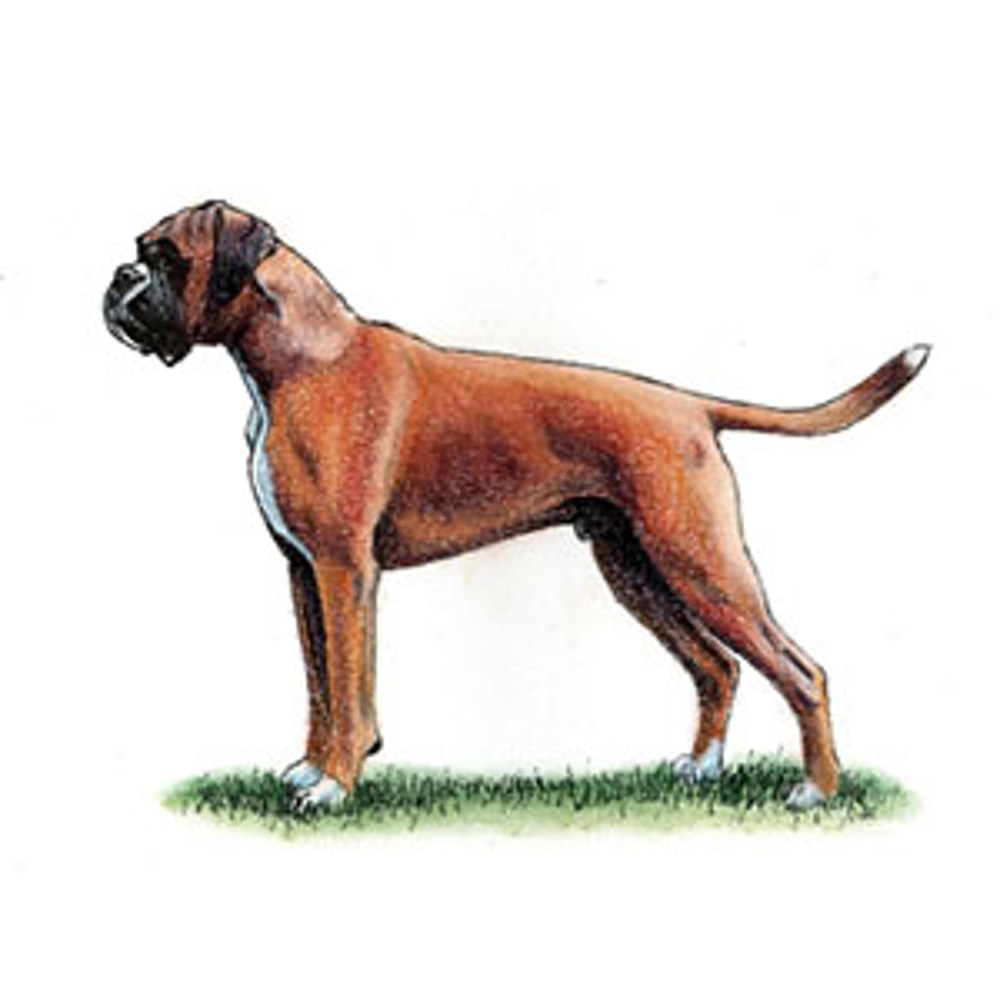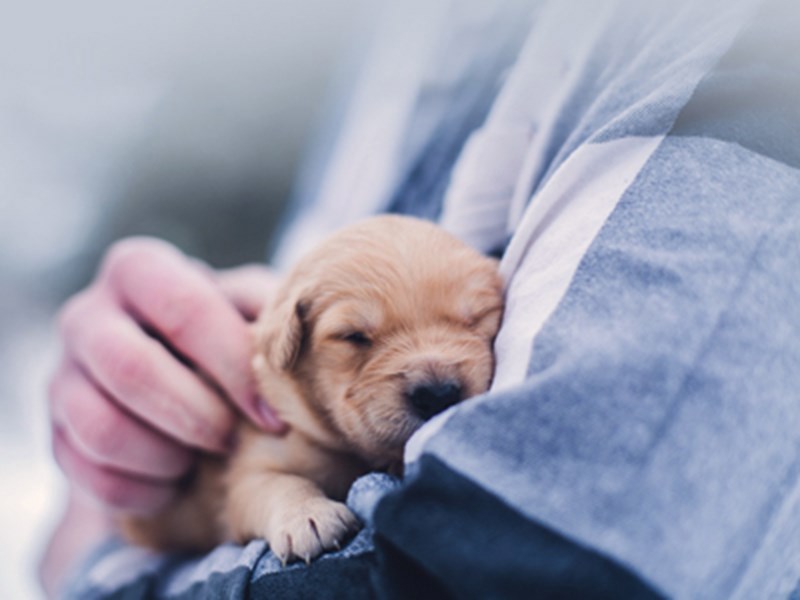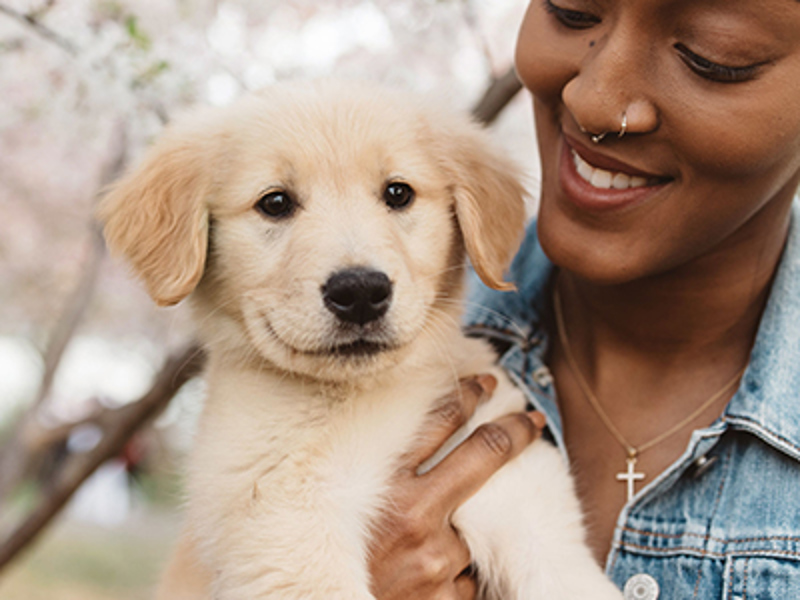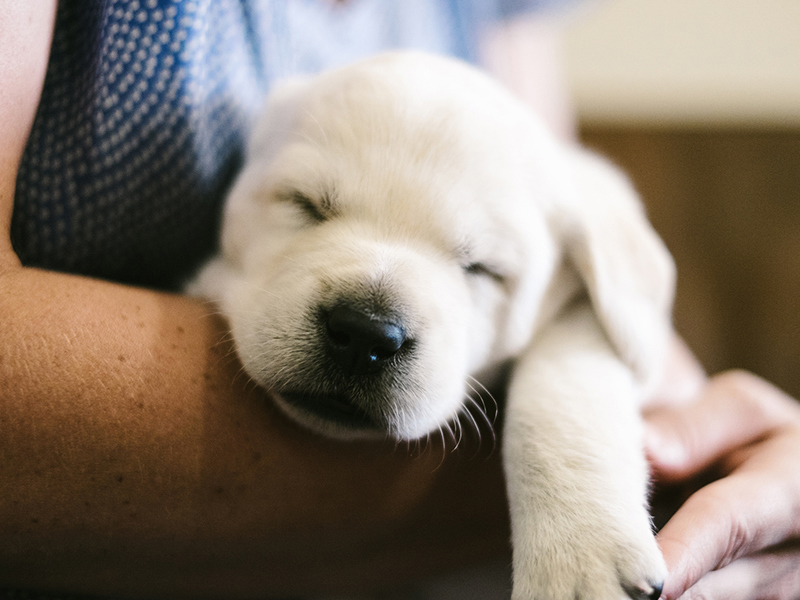
Boxer
Breed characteristics
- Size
- Large
- Exercise
- More than 2 hours per day
- Size of home
- Large house
- Grooming
- Once a week
- Coat length
- Short
- Sheds
- Yes
- Lifespan
- Over 10 years
- Vulnerable native breed
- No
- Town or country
- Either
- Size of garden
- Large garden
About this breed
The Boxer is a descendant of the Bullenbeisser (meaning bull biter), a German breed which was used to hunt bear, boar and deer in the 19th century. It is thought that this breed was crossed with the Bulldog and this provided the basis for the present day Boxer.
The Boxer, much loved as a family companion for his intelligence and character, is an excellent guard dog and has proved his worth as a tracking dog and worked in the armed forces as a messenger and as a pack carrier. His clean outline, glossy coat and the nobility of his beautiful head and expression have brought the breed many admirers.
Images for this breed
The Working breed group
Over the centuries these dogs were selectively bred to become guards and search and rescue dogs. Arguably, the working group consists of some of the most heroic canines in the world, aiding humans in many walks of life, including the Boxer, Great Dane and St. Bernard. This group consists of the real specialists in their field who excel in their line of work.
Colour Watch
Category 0: Breeds with no NBS colour registration options.
Read more about Colour Watch.
Breed Standard colours
Breed standard colour means that the colour is accepted within the breed standard and is a traditional and well-known colour in this breed.
Breed standard colours in this breed include:
- Black Brindle
- Black Brindle & White
- Brindle
- Brindle & White
- Brindle Black Mask
- Dark Brindle
- Dark Brindle & White
- Fawn
- Fawn & White
- Golden Brindle & White
- Light Brindle
- Light Brindle & White
- Red
- Red & White
- Red & White Black Mask
- Red Black Mask
- Red Brindle
- Red Brindle & White
- Tiger Brindle
- Tiger Brindle & White
- White
Other colour/s
'Other' means you consider your puppy to be a colour not currently known within the breed and one that does not appear on either the breed standard or non-breed standard list. In this instance you would be directed through our registrations process to contact a breed club and/or council to support you on identifying and correctly listing the new colour.
Non-breed-standard colours
Non-breed-standard colour means that the colour is not accepted within the breed standard and whilst some dogs within the breed may be this colour it is advised to only select a dog that fits within the breed standards for all points.
Colour is only one consideration when picking a breed or individual dog, health and temperament should always be a priority over colour.
Health
Whether you're considering buying a Boxer puppy or breeding from your dog, it's important to understand the health issues that may affect the breed and how they can be managed or avoided.
Pre-breeding health screening
Best Practice schemes and tests
These tests address conditions that are still significant for the breed, though they may not be as critical as those listed under Good Practice. They might be less common or newly identified, and research is ongoing to determine their full impact.
To support the breed’s health, responsible breeders should ensure they complete all tests in both categories. Following our Best Practice guidelines means completing both the Good Practice and Best Practice tests for your breed.
- Elbow testing (for elbow dysplasia) using the BVA/KC Elbow Dysplasia Scheme
- Eye testing using the BVA/KC/ISDS Eye Scheme
- Hip testing (for hip dysplasia) using the BVA/KC Hip Dysplasia Scheme
This breed can be affected by conformational concerns, more information can be found here.
This breed also has a breed club health scheme, with further information available here
Find out about a particular dog's results
Please visit our Health Test Results Finder to discover the DNA or screening scheme test results for any dog on The Kennel Club's Breed or Activity Register.
You can also view the inbreeding coefficient calculation for a puppy's parents, or for a dog you're thinking of breeding from.
DNA testing services
We don’t currently offer a breed-specific DNA testing package for this breed, but we have a wide selection of individual DNA tests available. To find out more and view our full selection, click here.
Breed health and conservation plan
The Breed Health and Conservation Plans
Our breed health and conservations plans (BHCPs) use evidence and data to help us understand the health issues found in each pedigree dog breed. These plans help breeders and owners identify health and welfare problems and use information, health tests and health schemes to avoid passing on those problems to future puppies. They also support and provide breeders with tools and specialist expertise to help manage genetic diversity, understand the impacts of close breeding, and find the best ways to preserve the population of their breed.
Working together for the breed
We’ve worked with breed clubs and breed representatives to gather all available evidence to help us determine the priority concerns for the breed and decide how we can work together to manage and reduce these problems.
Breed priorities
The current key priorities for the breed are:
- Heart conditions (particularly aortic stenosis and arrhythmogenic right ventricular cardiomyopathy)
- Cancers
- Juvenile kidney disease (JKD)
- Skin conditions
How we plan to make improvements
We’ve agreed the following list of actions with the breed clubs to improve the health of the breed. Both parties are committed to working on these areas and will review these on a regular basis to ensure the actions remain focussed and relevant to the breed’s health.
Breed Club actions include:
- The Kennel Club and Boxer breed clubs to monitor research relevant to juvenile kidney disease and look to put forward a proposal to the Kennel Club Charitable Trust for funding, with The Kennel Club’s assistance - ONGOING
- The breed clubs to continue to encourage participation in breed club heart testing – ONGOING (the breed have a testing scheme, with further information available on the Boxer Breed Council website)
- The breed clubs to continue to engage in brachycephalic obstructive airway syndrome (BOAS) research with the University of Cambridge team – IN PROGRESS
Our actions include:
- To keep the breed updated with regard to development of a Veterinary Cardiovascular Society (VCS) heart scheme – ONGOING (the breed and The Kennel Club have had a meeting with a member of the VCS in 2023 to discuss the feasibility of developing a heart scheme for the breed, and are currently working on actions with the aim to get this formally developed)
- To monitor the Kennel Club Genetics Centre research into cancers. – ON HOLD
- To monitor the University of Nottingham research into atopy and assist in recruiting owners for the Itchy Dog Survey. – ONGOING
- To assist with a breed health survey. – COMPLETE (this action was completed in 2020, with the survey results included in the Breed Health and Conservation Plan)
- To enquire about the possibility of a Boxer VetCompass study. – COMPLETE (unfortunately, too few Boxers were available on the VetCompass database to allow for a statistically significant study, however the lead researcher will reassess periodically to determine whether this can be undertaken)
- To assist in recruitment of the juvenile kidney disease project and share health links from the council to The Kennel Club website (project details can be found on the Boxer Breed Council website)
- To monitor research options for lymphoma in the breed – ONGOING
- To approach the BVA/KC/ISDS Eye Panel Working Party to explore the feasibility of recording adnexal conditions for brachycephalic breeds – IN PROGRESS (we are working with a number of brachycephalic breeds and the Royal Veterinary College, with the aim of producing a grading system which could be incorporated into the BVA/KC/ISDS Eye Scheme)
- To investigate the possibility of developing a formal thyroid testing scheme
The full evidence base is available at the discretion of the breed clubs, however if you would like to seek access to the full report, please contact our health team here.
Health (The Kennel Club)How do I use this information?
Breeders should be mindful of the top priorities in their breed and ensure they are working to reduce and eliminate the presence of these diseases when choosing to breed their dogs.
Puppy buyers should also be aware of these issues and be sure to ask their breeder how they are contributing towards the above actions, and whether any of these problems have been seen in their breeding lines.
More about health
If you have any concerns about a particular health condition in your breed then you may wish to speak to your vet or you could contact your breed health co-ordinator.
Breed health co-ordinators are individuals working on behalf of breed clubs and councils who are advocates for the health and welfare of their chosen breed. They acts as a spokesperson on matters of health and will collaborate with The Kennel Club on any health concerns the breed may have.
To contact your breed health co-ordinator please email
Health issues in flat-faced dogs
Dogs with a flat, wide shaped head, are said to be brachycephalic (brachy, meaning short and cephalic, meaning head). This particular skull shape will often give these dogs a characteristic flattened face and a short muzzle. Although the shape of these dogs’ heads can make them look very cute, dogs with a very flat face and short muzzle have a higher risk of developing certain health issues associated with their features. Some of these issues are outlined below, but for more information on the health and welfare of flat-faced dogs, visit our brachycephalic hub.
Breathing difficulties
The soft tissue in the nose and throat of some brachycephalic dogs may be excessive for the airways, making it difficult for them to breathe normally (causing heavy panting or noisy breathing). Some dogs may also have narrow nostrils making it even more difficult to breathe.
More information can be found on:
- our film about breathing problems in flat-faced dogs
- from the University of Cambridge website
- in our article on breathing problems in flat-faced dogs
Skin problems
Some brachycephalic dogs may have an excess of skin, which creates folds, especially around the front of the face. These folds can make a warm, moist environment which is perfect for bacteria and yeast to grow, possibly leading to infection and severe itching.
More information can be found in our article on skin problems in flat-faced dogs.
Teeth problems
Dogs with a shortened skull will often have a shortened jaw, but the number and size of teeth will stay the same. This can mean that the teeth become overcrowded and can cause dental and gum problems.
More information can be found on our advice page on how to take care of your dogs teeth.
Eye conditions
Some brachycephalic dogs may have shallow eye sockets, causing their eyes to become more prominent and at a higher risk of trauma, ulcers and increasing the chance of them becoming dry and painful (due to not being able to blink properly).
More information can be found in our article on eye problems in flat-faced dogs.
Want to buy a puppy responsibly?
Not all flat-faced dogs will have the health issues described, but it is important that if you are thinking of buying a puppy, that you take extra precautions.
In October 2008, our Board agreed to record puppies that are born with naturally bobbed tails on registration certificates. The decision was made in order to help breeders identify which dogs or lines carry the tailless gene. The word bobtail is the only description of the tail which is accepted. The description of any other tail length or tails which are not naturally bobbed, such as full tail or legally docked will not be recorded. Confirmation of the tail status of puppies must be accompanied by veterinary certification (on practice headed paper) and sent with the litter registration form. As veterinary certification is required to record the status, this service is not available online.
Breed watch
Category 2
Particular points of concern for individual breeds may include features not specifically highlighted in the breed standard including current issues. In some breeds, features may be listed which, if exaggerated, might potentially affect the breed in the future.
Breeding restrictions
There are a number of The Kennel Club rules and regulations that may prevent a litter from being registered, find out about our general and breed specific breeding restrictions below.
More about breeding
In October 2008, our Board agreed to record puppies that are born with naturally bobbed tails on registration certificates. The decision was made in order to help breeders identify which dogs or lines carry the tailless gene. The word bobtail is the only description of the tail which is accepted. The description of any other tail length or tails which are not naturally bobbed, such as full tail or legally docked will not be recorded. Confirmation of the tail status of puppies must be accompanied by veterinary certification (on practice headed paper) and sent with the litter registration form. As veterinary certification is required to record the status, this service is not available online.
Looking for a puppy?
Looking for a Boxer? Explore our list of puppies and rescue dogs for sale near you.
More information

Need to find out more about a breed?
Use our Find a Club service where you can locate breed clubs that can offer support and advice.

Use our Find a Puppy service
The Kennel Club's Find a Puppy service provides contact details for breeders who have puppies available. Let's help you find your new best friend.

Get the best lifetime pet insurance
At Kennel Club Pet Insurance, we want you to focus on getting the best possible treatment for your dog without worrying about the cost.
